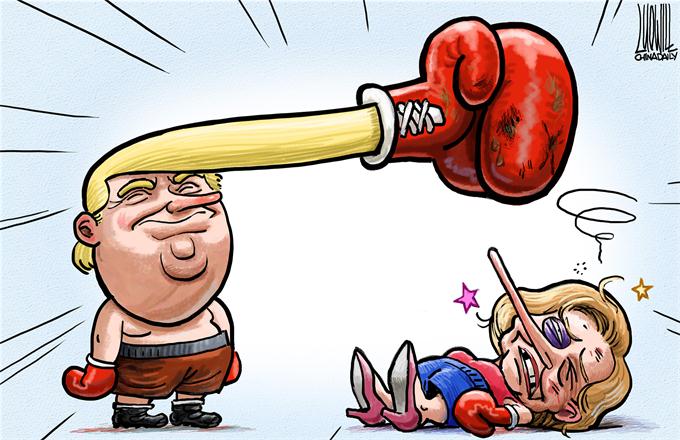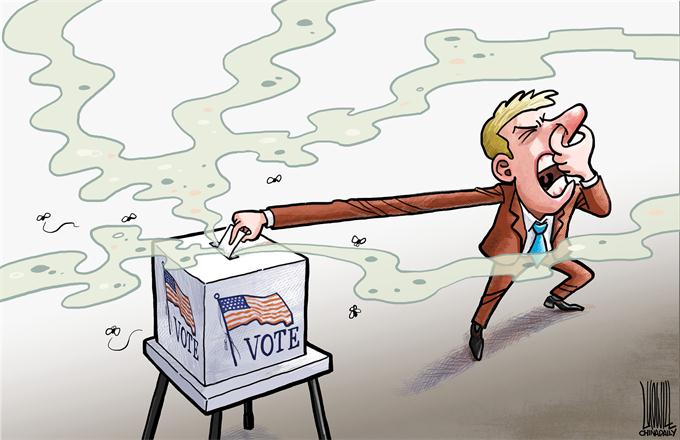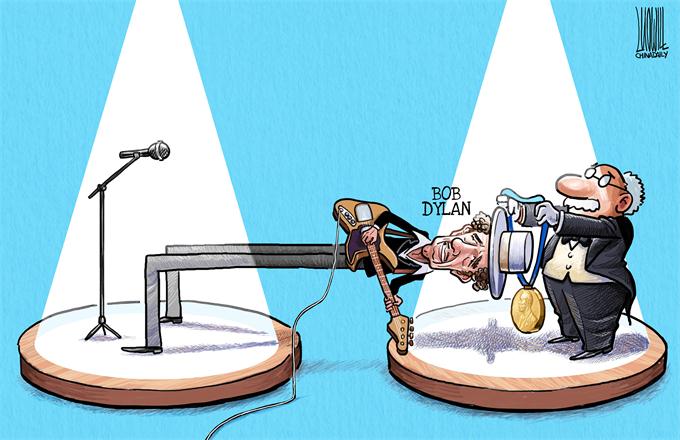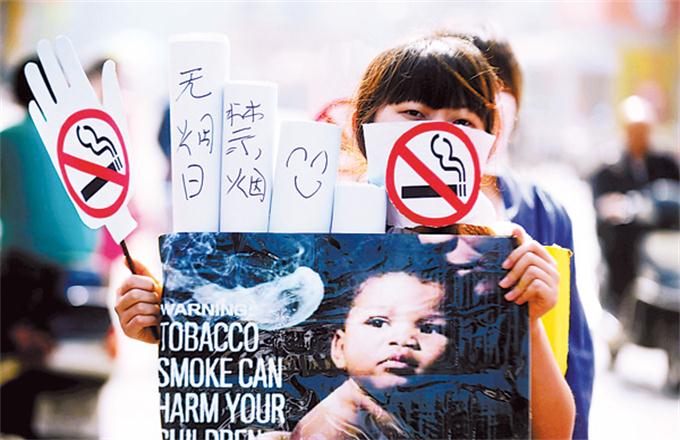Researchers: too soon to call PPI’s growth as sign of recovery
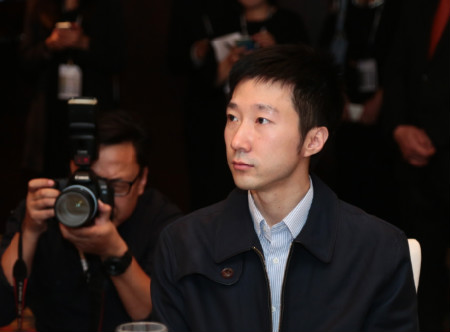 |
|
Li Keaobo, Research Fellow and Executive Secretary General of CCWE,was attending a session of conference.[Photo provided to chinadaily.com.cn] |
The unsustainability also remains as a problem in several key industries. The property sector, the report analyzes, will enter a new phase of adjustment. As the National Bureau Of Statistics (NBS) Q3 data shows, the revival of the housing market contributed around 8 percent to GDP growth, which is even higher according to CCWE’s estimate, and from the aspects of investment and sales, and its direct contribution to economic growth accounts for around 0.54 percentage points. While these percentages may decline or endure a period of fluctuation for one to two years due to the strengthening of the housing purchase quota policy, the cycle of adjustment that’s needed under historical experiences of macroeconomic regulation and the negative influence on future consumption may pose by excessively rapid growth of newly residential housing mortgage proportion.
To be more specific, CCWE researchers give the measurement based on the economic model developed on their own. The increase in investment for the cities without purchasing quota was 5.7% for the first three quarters of 2016. However, when factoring in the 22 cities that currently have purchasing quota restrictions, the increase in investment in housing for the entire year would be below 5%.
Li Keaobo, Research Fellow and Executive Secretary General of CCWE, told China Daily website, “The downward trending of overall price of property market may last until the beginning of 2018. In the last phase, the main solution to reducing the housing stock is more dependent on consumers’ increasing demand for housing, and then the next phase will be to decrease developers’ investment into market to reduce the supply.”
As for policy suggestions to the property market, Li said: “Necessity did exist to implement the property tax. The reform is imperative to adjust the structure of economy, while the power could be allocated to local authorities, let themselves to determine whether or how much to implement. A ‘One size fits all’ standard should be avoided.”
Li summarized several points to explain their worry for the key drivers of China’s economy in 2017: “For the consumption aspect, first, for 2016, the automobile industry contributed greatly to consumption, while stimulus policy for this industry will end by the end of this year. Second, as the mortgages of residents increased sharply in 2016, they would use disposable income to pay their loans in the next year, which would cause a 0.3 percent decline to the growth rate of consumption according to our estimate. Hence, our hope should be placed on investment, while manufacturing, which accounts the biggest share, 30 percent, of fixed investment, should still perform just in the positive. And also for the infrastructure industry, it has already sustained a relatively-high growth level for many years, and we predict it can hardly shoulder the burden of further growth in 2017.”
“Deepening reform, offering more incentives to SOEs and encourage local authorities to improve efficiencies are the routes we must make.” Li suggests.




